Fail to See Them, Fail to Free Them!
We have to ask ourselves, “Do we see them? Do we see all of them?”
In a 2021 article in the Atlantic Council, John Cotton Richmond, former US ambassador-at-large to monitor and combat trafficking in persons, described the shocking gap between the extremely high number of trafficking victims around the world and the extremely low number of victims identified.
At that time, the UN estimated there were 27.6 million trafficking victims in the world.
According to Richmond, “If 27.6 million victims exist and governments are only identifying 115,324 victims, then the world only identifies less than half of 1 percent of the estimated victims (0.4 percent). This means that 99.6 percent of victims remain trapped by their traffickers.”
Richmond called upon governments and agents of change to increase funding and proactively invest in victim identification to help close this gap.
The delegation of which Marci was a part at the United Nations (UN) headquarters in New York on June 30, 2025 echoed Richmond’s pleas. They were a powerful and united voice of freedom for the silent and invisible ones at the preparation meetings for the General Assembly’s United Nations Global Plan of Action to Combat Trafficking in Persons. Together, they expressed the unwavering belief of the World Freedom Network that increasing victim identification is the most impactful step that the UN can make to radically transform today’s global human trafficking scene.
Dr. Jason Pope, UN Advocate to Combat Human Trafficking and the President of the Rain Collective, highlighted migrant domestic work and other forms of exploitation and trafficking that go undetected.
"We are not finding the victims. They are invisible in the data. They are excluded from justice. They are beyond the reach of our current systems.”
Pope described this gap in victim identification as a “systemic oversight.”
Jenn Petersen, CEO of World Hope International, and other Member States called attention to multiple obstacles of victim identification, involving other emerging and under-recognized forms of trafficking that are silently brewing underground. These increased challenges include online child exploitation in which victims and perpetrators are virtually hidden and invisible behind screens. Other challenges include forced labor in scam centers and compounds, forced surrogacy, and organ trafficking. Petersen recommended practical steps to increase identification and reporting, such as modifications in national laws to reflect emerging forms of trafficking and greater investment in trauma-informed, culturally-relevant, and multi-disciplinary response systems.
Dr. Bibiana Pinto Mac Leod, Anti-Human Trafficking Technical Advisor for Medical Ambassadors International, passionately expressed the need to include the grassroots, an essential and overlooked frontline voice for victim identification in many countries.
“Communities must not be an afterthought; they should be recognized as primary actors—able to propose effective strategies to protect their own and to detect vulnerabilities before they become cases of trafficking.”
These factors and oversights confirm the disturbing numbers reflected in Richmond’s study and point to the shocking reality that few trafficking victims are actually seen, identified, and helped.
“If data reflects reality, they must also reflect failure. Victim identification is the hinge on which all policy turns. Without their recognition, victims aren’t offered services, traffickers go unprosecuted, and root causes including shame, manipulation, and isolation persist unchallenged,” said Melissa Yao, U.S. Anti-Trafficking and Faith-Based Expert.
The delegation urgently challenged and pleaded with the UN to include the systemic issue of the lack of victim identification on their upcoming Global Plan of Action to Combat Trafficking in Persons. They will continue to engage with individual country representatives for follow-up as well. This focus of proactive victim identification has the potential to radically modify the grim statistics Richmond described in 2021. This collective and global response on the part of the UN can move the dial towards closing the gap. Together, our hope and goal is that the 0.4% of identification of human trafficking victims can be more than doubled to 1%.
“Because if they remain unseen, they remain unfree,” said Pope.

